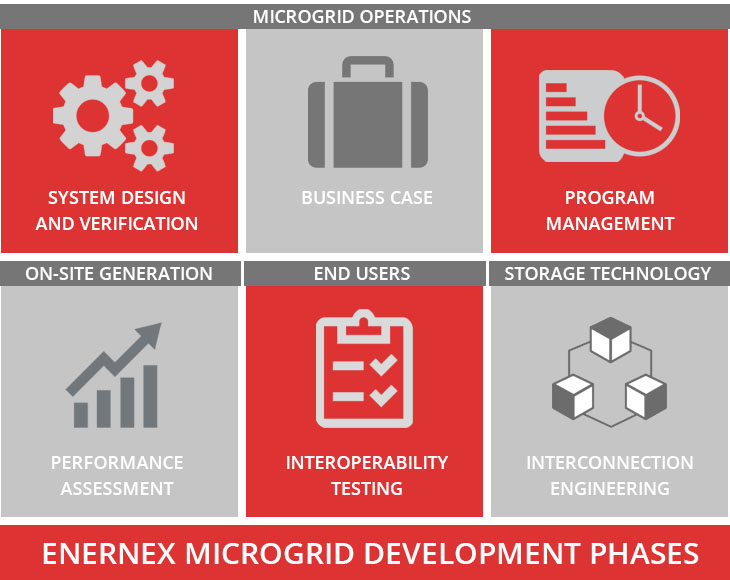Switching Surge Studies for Offshore Wind Plants
Published via North American Clean Energy

Chandra Pallem, Principal Consultant
chandra@enernex.com
865-770-4856
Presently, Europe is the world leader in offshore wind power with more than 2,300 MW of offshore wind plants installed. The first offshore wind farm was installed in Denmark in 1991. In North America, unlike land based wind generation, offshore wind farms are still in their infancy. There are currently no offshore wind farms operating in the United States. The Cape Wind project is an approved offshore windfarm in Nantucket Sound off Cape Cod, Massachusetts, United States. This wind farm may become the first offshore wind energy project in United States coastal waters. The Cape Wind plant will be connected to the NSTAR 115 kV Barnstable substation.
Offshore wind farms are generally connected to the onshore grid networks through land and submarine cables. Therefore, there are many power system design issues that exist for switching cables and it is usually necessary to identify any switching operations that can result in excessive transient, temporary and sustained overvoltage conditions on the power system. If the cable run is long, the large charging capacitance of the cable usually has to be compensated for with shunt reactors to avoid high steady state overvoltages. However, there is another issue that arises with energizing cables and shunt reactors together, called Zero-Missing phenomenon that occurs during a fault and has to be accounted for.
Therefore, it is very important to perform switching studies to evaluate the transient and steady state concerns associated with the offshore wind plant interconnection to the grid. For example, if a submarine cable has to be compensated by several shunt reactors, is it better to energize the reactors first and then energize the cable or is it better to energize the cable and reactor together as a unit? Is it possible to energize the main transformer, cable and reactors together as a unit? What are the operational problems? Switching surges can also be significant with long cable systems. Energizing and de-energizing switching operations can result in significant transient overvoltages and overcurrents on the power system. The long cables can also form lower order harmonic resonances with the system that can significantly increase harmonic distortion levels on the system.


